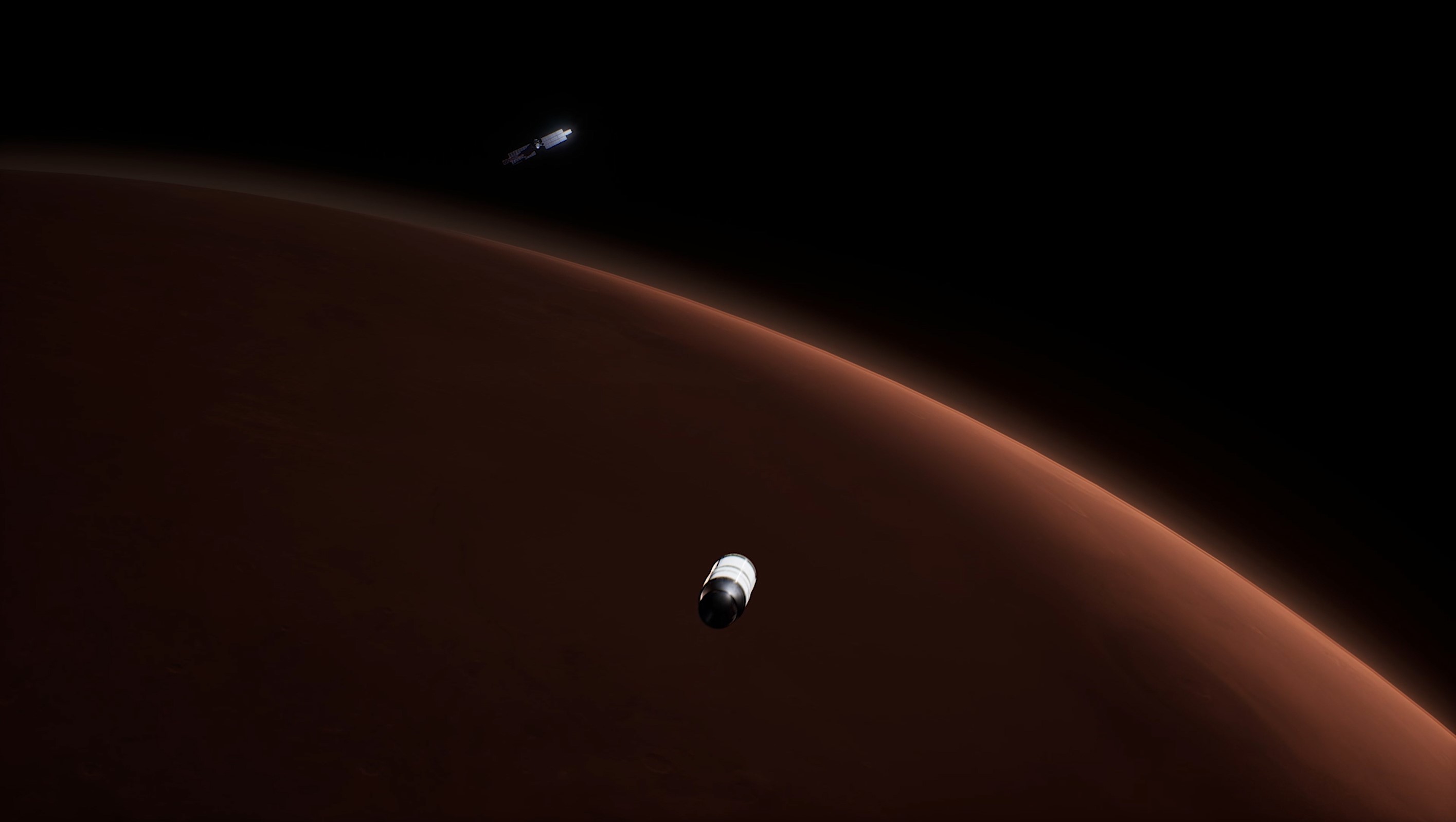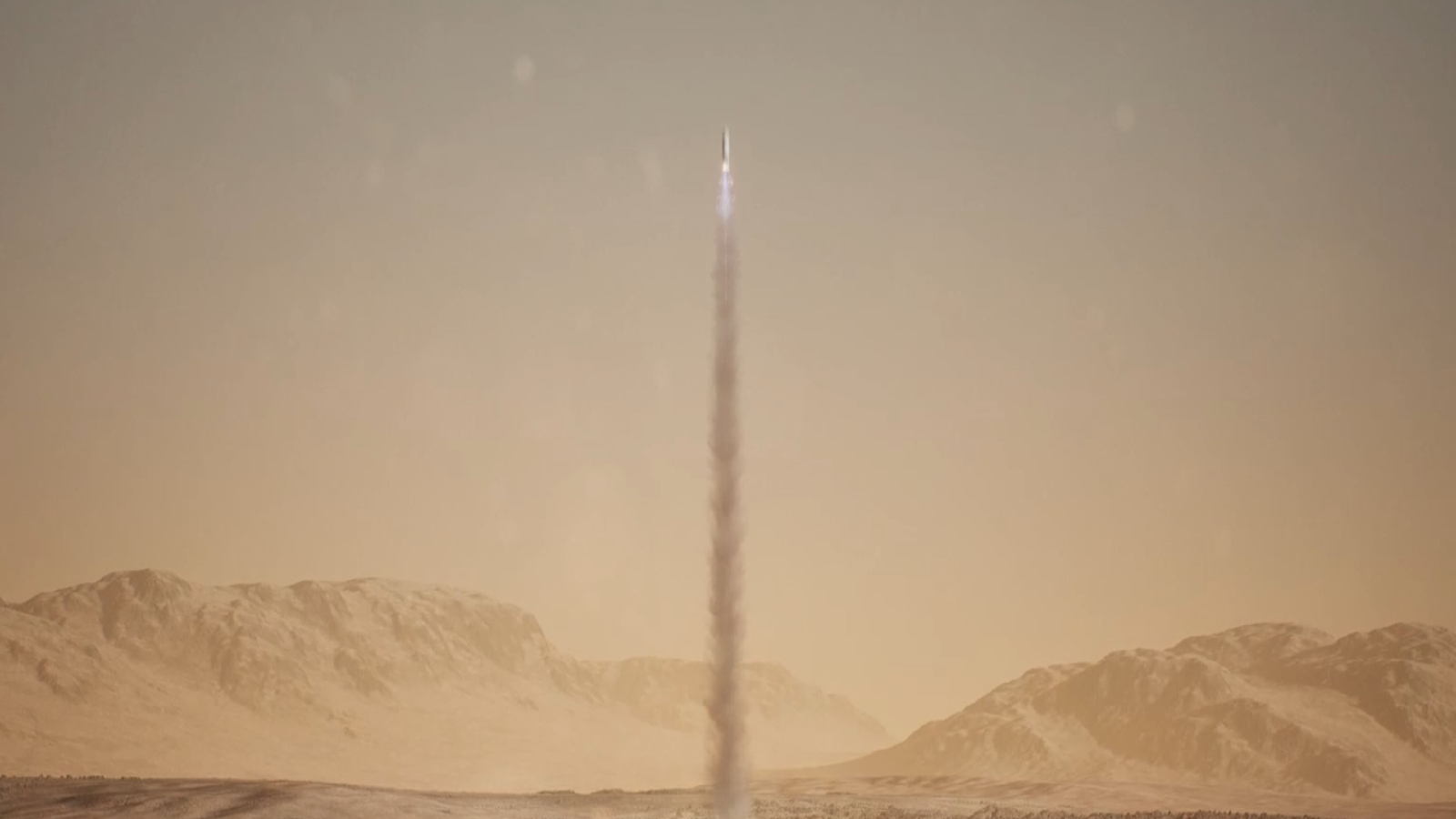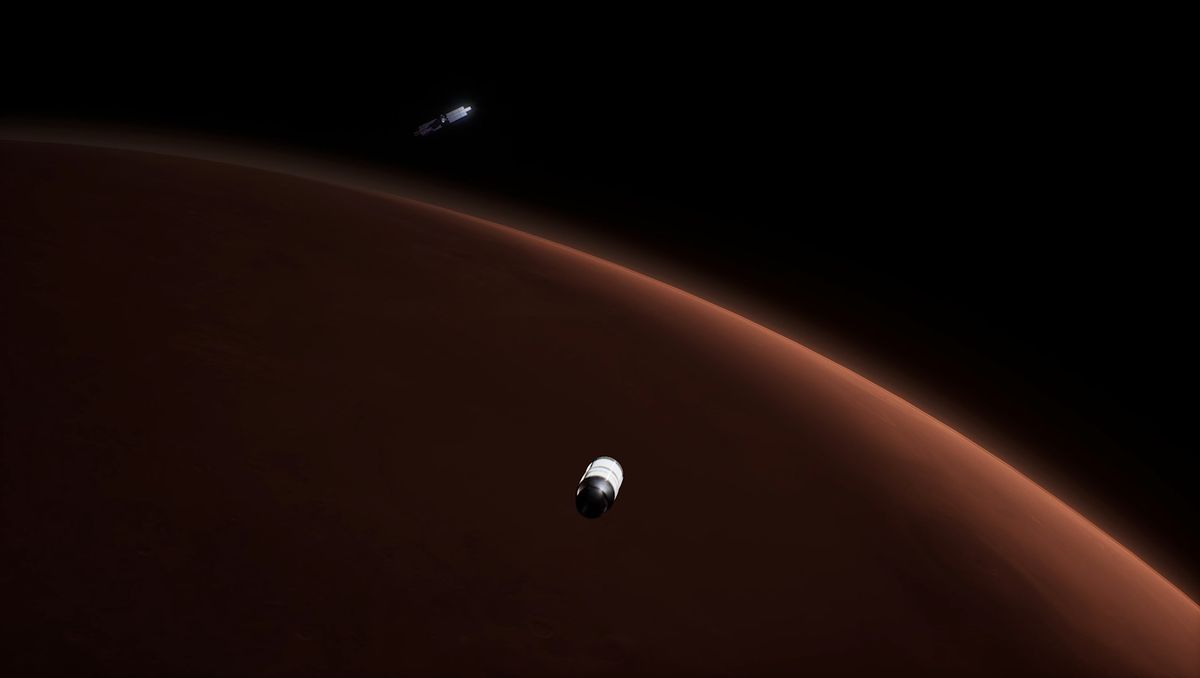NASA’s troubled efforts to get prized Martian samples to Earth could get a lifeline, if a new proposal for a more cost-effective mission architecture gets the go-ahead.
The Perseverance rover landed on Mars in 2021 and set about collecting intriguing and diverse samples in preparation for a follow up Mars Sample Return Mission (MSR) campaign, which would pick the samples up and deliver them to Earth for analysis. However, independent reviews indicated costs ballooning to up to $11 billion, and MSR faces cancellation in Trump administration budget proposals for 2026.
In a new effort to revive the program, aerospace giant Lockheed Martin, which has built 11 of NASA’s 22 Mars spacecraft over the years, is proposing a cut-price, streamlined mission that would use a smaller lander, a smaller Mars ascent vehicle and a smaller Earth entry system.

The lander would build on heritage from NASA’s InSight lander, which successfully touched down on the Red Planet in November 2018.
“Our most recent commercial industry-led offer to NASA is to execute Mars Sample Return (MSR) as a firm-fixed price solution for under $3 billion,” a June 26 statement from Lockheed Martin read.
“Given current MSR estimates of $7 billion, our goal is to utilize existing designs and streamline operations of the primary spacecraft and systems — while managing risk and reducing oversight — offering a significantly lower total mission cost,” the statement continued.
In addition to its Mars expertise, the company noted that it designed and built the spacecraft and return capsules for all three of NASA’s robotic sample return missions, including the OSIRIS-REx asteroid sample return mission, which delivered samples from the space rock Bennu to Earth in 2023.

“With a commercial industry approach that focuses on managing key requirements, reducing complexity by leveraging heritage, flight-proven elements and limiting new designs to only those needed to close the architecture, we can bring back the samples that will unlock the mysteries of Mars, and lay the groundwork for the astronauts who will set foot on the Red Planet,” Lockheed Martin wrote.
But Lockheed’s plan is not the only alternative vision for MSR. Private space company Rocket Lab put forward its own cut-price proposal for the mission last year, in response to a NASA call for ideas to get the precious samples home in a faster and cheaper manner.
China too is working on a robotic campaign to collect and return Mars samples. With the launch of its Tianwen 3 mission set for late 2028, the country will get the first shot at acquiring the historic first Red Planet samples, with the material potentially holding the evidence of life beyond Earth.
For now, the U.S. approach to Mars appears to be shifting from a robotic approach and toward putting astronauts on the Red Planet, according to Trump administration budget proposals, likely using SpaceX‘s in-development Starship megarocket. Landing humans on Mars is much more challenging and complex but, if realized, would also see invaluable Martian rock, dust and atmosphere samples delivered to Earth.
























